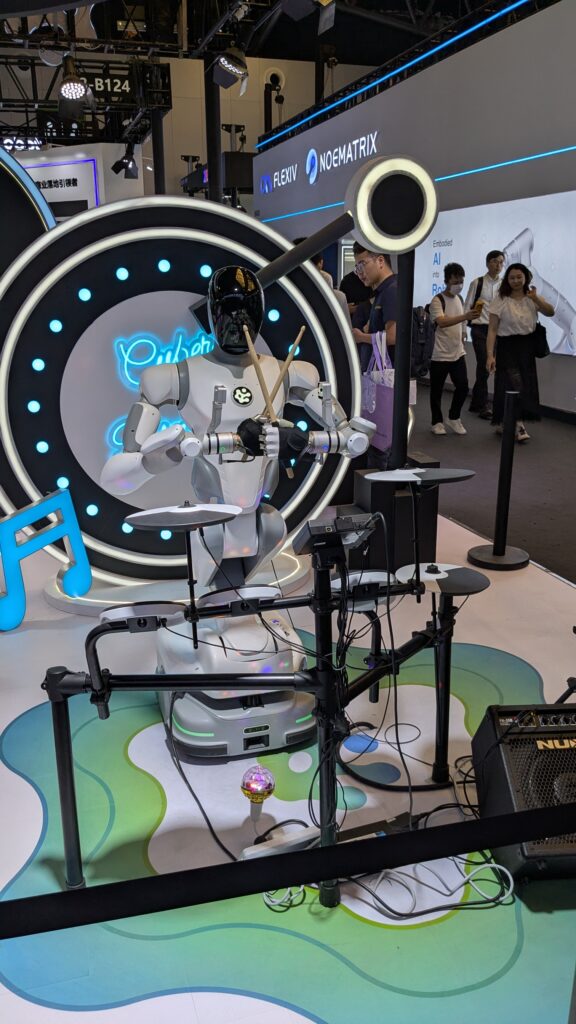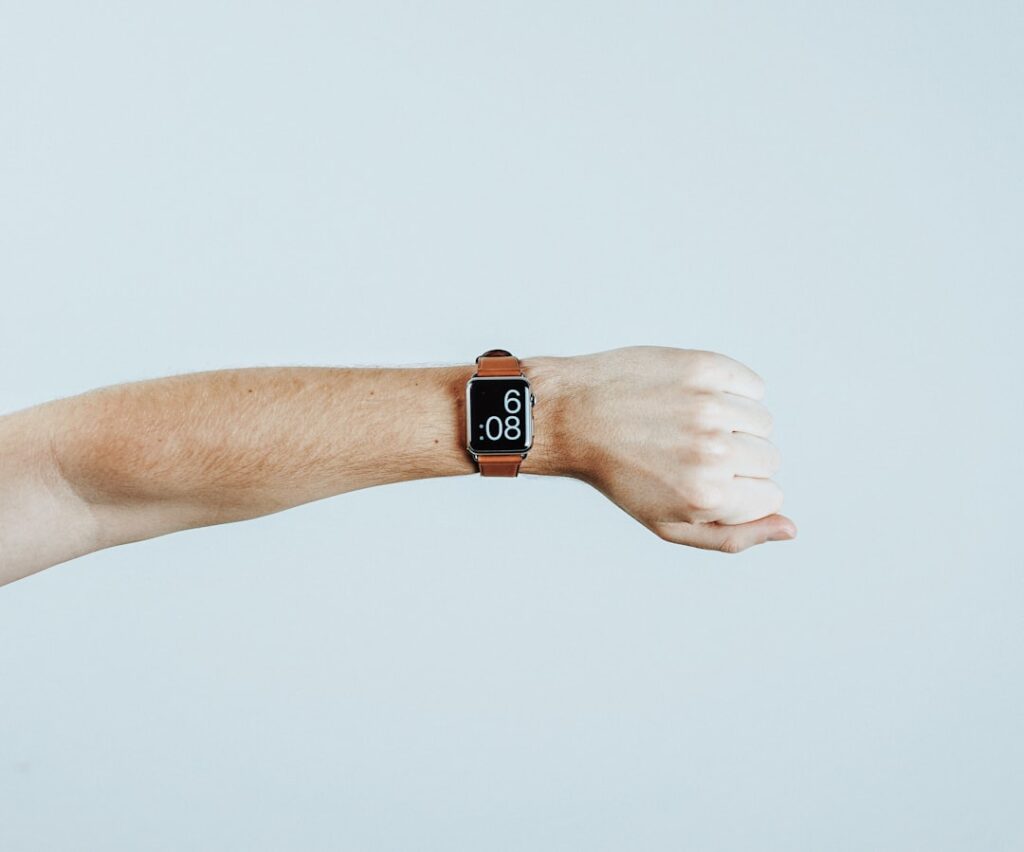Adventures with the Medical Ninjas – Episode 06C: Dr. Sweet and the Suzhou-Style Mung Bean Soup pt.3
Part 3 (One week later, outpatient clinic) Dr. Sweet: Ah — you kept your appointment. For real. I was actually joking cuz I didn’t want you to continue prying. I: After everything that happened, a follow-up is only proper. Dr. Sweet: You remember how you escaped the web? And how you finished off Dr. Superior? I: I turned into water in that furious moment. Fascia holds water — I slipped through. Then branches sprouted from my body; when he attacked, the branches pierced him. The woody cells proliferated like the First Hokage’s technique. Dr. Sweet: He is flesh and blood — he couldn’t change fast enough and your chakra suppressed him. When you first got treated here, I infused the 3 types of chakra into you — Water and Wood among them. Did you use them both? I: So it was you who saved me. Dr. Superior’s attribute must be Water — that explains his skill in summoning the fascia web. Your Earth-plus-Wood combo was more than enough. Dr. Sweet: Look at this desk — I actually formed it on the spot with Earth chakra. (She gestures to the table.) I: Hah — I didn’t even notice. But one thing still puzzles me: who set the fire that day? Was that person secretly helping me? Even though they distracted Dr. Superior I still couldn’t get away afterward. Dr. Sweet: Fire Types are rare in our hospital. The one I know is clever, a significant figure whose rank towers over all of us. Best not to pry. I: I paid specialist fees for this, you know — you won’t tell me? Dr. Sweet: Knowing too much won’t help you. If it’s in your fate, you will meet him later. For now, your recovery looks good — especially with my three chakras guarding you. Most people in this region won’t dare mess with you anymore. I: Did you just say “him”? You know who he is. (Dr. Sweet is called out — the hospital director wants to speak with her.) Director: How many times have I warned you? You can’t just give your chakra to patients. You’re not Rukia handing power to Ichigo. Dr. Sweet: I didn’t. I don’t normally infuse chakra into patients in this region. Director: You didn’t? I watched the whole fight recorded by our security camera. Who else here can show both Wood Release and Earth Release at once besides you? You gave him three chakra types at once — what if he’d lost control? Dr. Sweet: This patient was special. By the time he came to us he’d already seen specialists in all major hospitals in our city. I saw him running from place to place despite being so young, so I took a shortcut to help him. I didn’t expect Dr. Superior to be so shameless — still scheming to use people as lab rats. Director: Fine, let him die. After years of being blackmailed by him, my hair’s gone white. The state health department comes snooping and I always have to smooth things over. I just dyed my hair last week… Now his wife just called — she says she’s sending people over to cause a scene. It’s been five years; the last time she brought her gang here it nearly gave me a heart attack. Dr. Sweet: Give them what they want. Death benefits are a must. Director: Ugh. Dr. Superior always coveted my job — now he’s gone early and I can’t even retire. Is that unlucky patient still around? Dr. Sweet: He was discharged a few days ago. He might come back to the records office for copies. END OF PART 3 END OF EPISODE 06 Music copyright belongs to the singer-songwriter. This is a creative project inspired by the traditions of Eastern shonen manga and Western comics and cinematic storytelling.All characters, abilities, and world elements are original creations.Any similarities to existing works are coincidental or intended as respectful homage, without any claim of ownership or affiliation.








